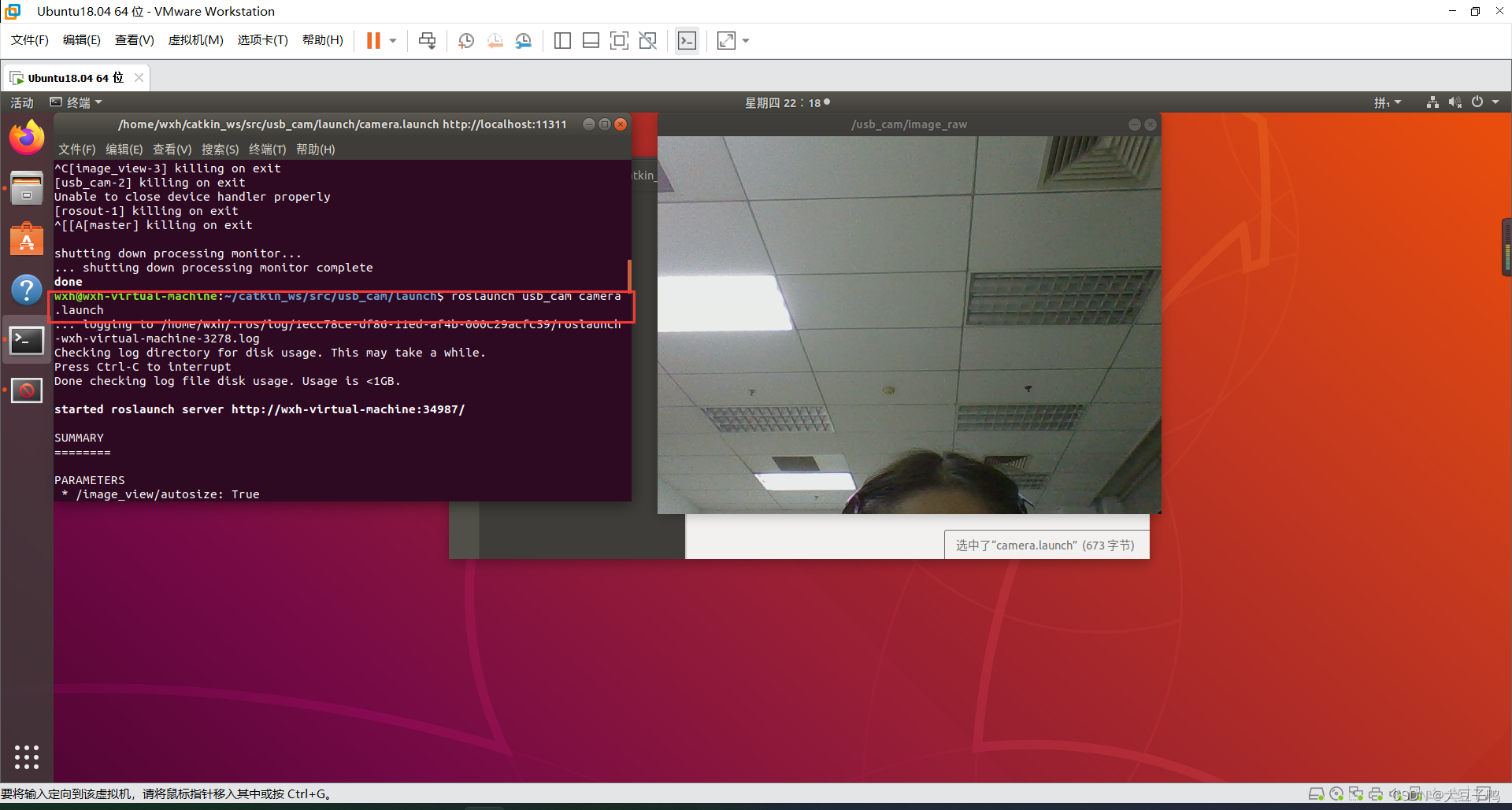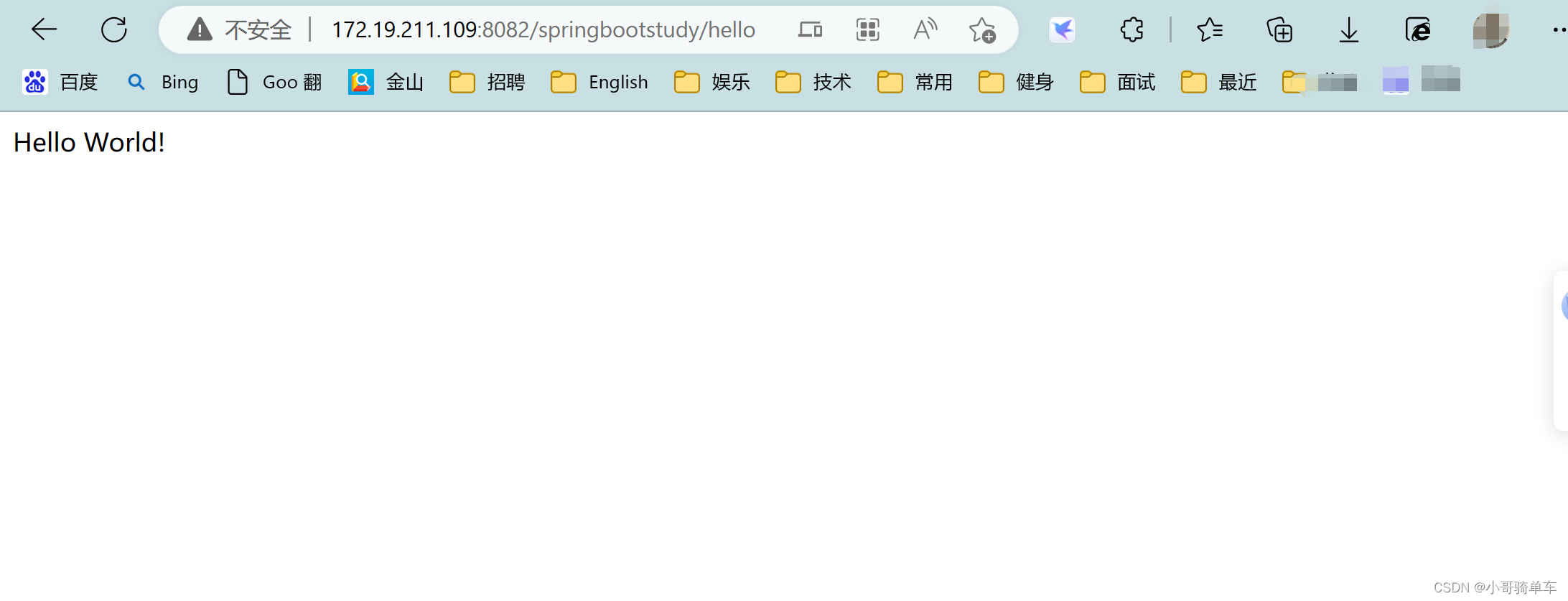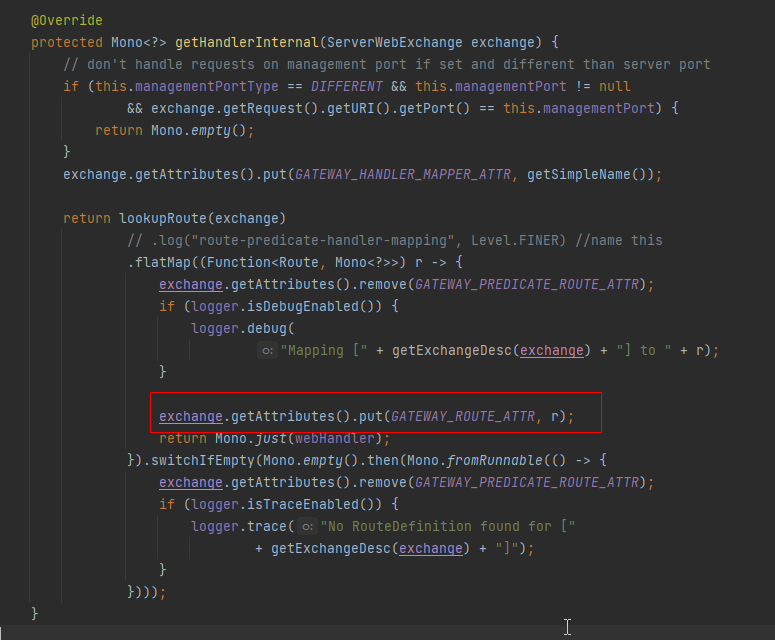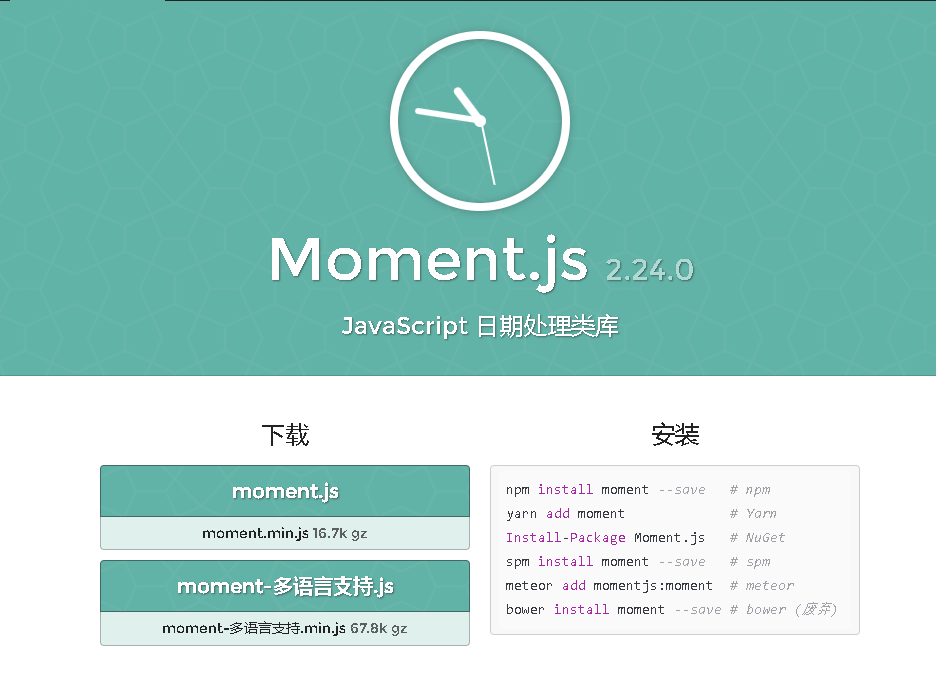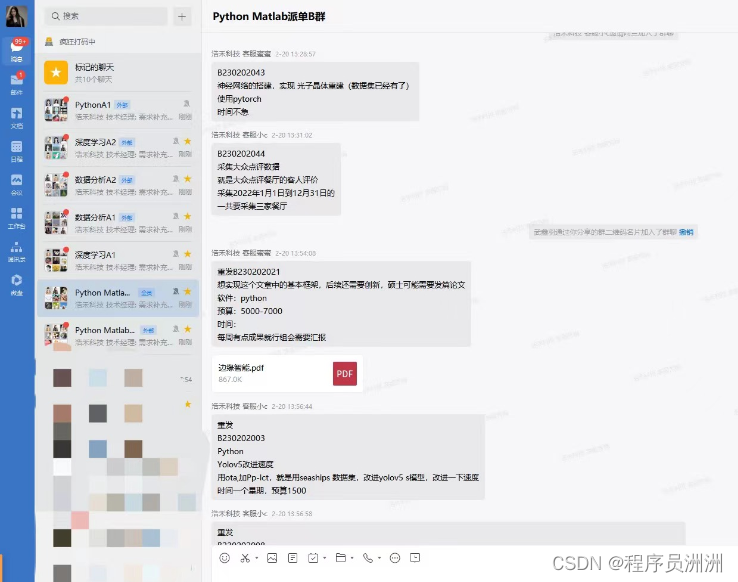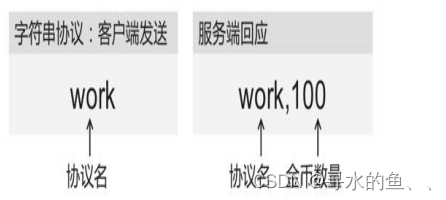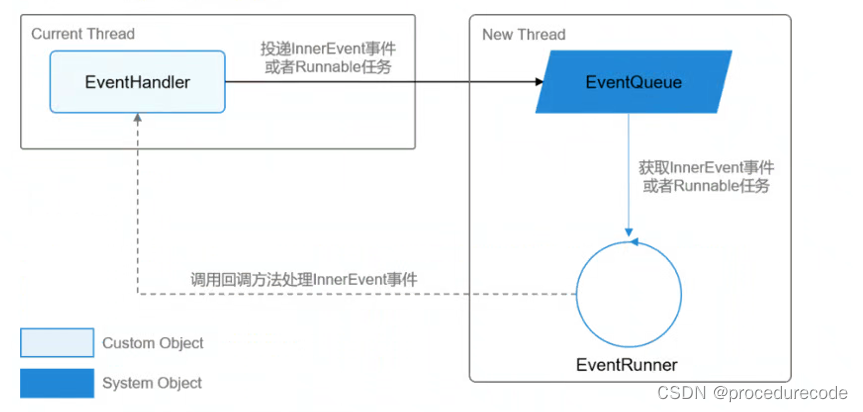Delphi DataSnap 流程分析(一)_看那山瞧那水的博客-CSDN博客
粗略分析了 创建传统DataSnap的流程,现在再分析下创建现在更常用的 方式:
DataSnap REST Application
这种方式只支持HTTP(普通HTTP和REST HTTP)通信,不支持TCP通信。
这种方式包含有WebModule,HTTP服务器也是TIdHTTPWebBrokerBridge

因此其HTTP Server的启动流程和 Delphi Web Server 流程分析_看那山瞧那水的博客-CSDN博客
里分析的一样,只是到了最后,也就是方法TCustomWebDispatcher.DispatchAction(),接着进行后续处理。
代码:
constructor TCustomWebDispatcher.Create(AOwner: TComponent);
var
I: Integer;
Component: TComponent;
SetAppDispatcher: ISetAppDispatcher;
begin
{$IFDEF MSWINDOWS}
{$ENDIF}
FDispatchList := TObjectList<TComponent>.Create;//TComponentList.Create;
FDispatchList.OwnsObjects := False;
FOnException := nil;
if AOwner <> nil then
if AOwner is TCustomWebDispatcher then
raise EWebBrokerException.Create(sOnlyOneDispatcher)
else
for I := 0 to AOwner.ComponentCount - 1 do
if AOwner.Components[I] is TCustomWebDispatcher then
raise EWebBrokerException.Create(sOnlyOneDispatcher);
inherited CreateNew(AOwner, -1);
FActions := TWebActionItems.Create(Self, TWebActionItem);
if Owner <> nil then
for I := 0 to Owner.ComponentCount - 1 do
begin
Component := Owner.Components[I];
if Supports(IInterface(Component), ISetAppDispatcher, SetAppDispatcher) then
SetAppDispatcher.SetAppDispatcher(Self)
else if Supports(IInterface(Component), IWebDispatch) then
FDispatchList.Add(Component);
end;
end;
TCustomWebDispatcher类创建的时候,会加载支持接口IWebDispatch的组件,TDSHTTPWebDispatcher是支持IWebDispatch接口的:
TDSHTTPWebDispatcher = class(TDSHTTPServerTransport, IWebDispatch)
所以FDispatchList列表包含了WebModule的组件DSHTTPWebDispatcher1。
function TCustomWebDispatcher.DispatchAction(Request: TWebRequest;
Response: TWebResponse): Boolean;
var
I: Integer;
Action, Default: TWebActionItem;
Dispatch: IWebDispatch;
begin
FRequest := Request;
FResponse := Response;
I := 0;
Default := nil;
if Response.Sent then
begin
Result := True;
{ Note that WebSnapSvr enabled apps have no way to mark response as sent }
Exit;
end;
Result := DoBeforeDispatch(Request, Response) or Response.Sent;
while not Result and (I < FActions.Count) do
begin
Action := FActions[I];
Result := Action.DispatchAction(Request, Response, False);
if Action.Default then Default := Action;
Inc(I);
end;
// Dispatch to self registering components
I := 0;
while not Result and (I < FDispatchList.Count) do
begin
if Supports(IInterface(FDispatchList.Items[I]), IWebDispatch, Dispatch) then
begin
Result := DispatchHandler(Self, Dispatch,
Request, Response, False);
end;
Inc(I);
end;
if not Result and Assigned(Default) then
Result := Default.DispatchAction(Request, Response, True);
if Result and not Response.Sent then
Result := DoAfterDispatch(Request, Response);
end;如果前面没有中断,则执行下面的代码:
// Dispatch to self registering components
I := 0;
while not Result and (I < FDispatchList.Count) do
begin
if Supports(IInterface(FDispatchList.Items[I]), IWebDispatch, Dispatch) then
begin
Result := DispatchHandler(Self, Dispatch,
Request, Response, False);
end;
Inc(I);
end;
因而执行Dispatch := DSHTTPWebDispatcher1(TDSHTTPWebDispatcher类),
DispatchHandler(): 这是一个局部方法
function DispatchHandler(Sender: TObject; Dispatch: IWebDispatch; Request: TWebRequest; Response: TWebResponse;
DoDefault: Boolean): Boolean;
begin
Result := False;
if (Dispatch.Enabled and ((Dispatch.MethodType = mtAny) or
(Request.MethodType = Dispatch.MethodType)) and
Dispatch.Mask.Matches(string(Request.InternalPathInfo))) then
begin
Result := Dispatch.DispatchRequest(Sender, Request, Response);
end;
end;
进行一些判断,比如格式 /data、/rest等路径格式,调用:
function TDSHTTPWebDispatcher.DispatchRequest(Sender: TObject;
Request: TWebRequest; Response: TWebResponse): Boolean;
begin
try
if Owner is TWebModule then
DataSnapWebModule := TWebModule(Owner);
try
try
RequiresServer;
TDSHTTPServerWebBroker(Self.FHttpServer).DispatchDataSnap(Request, Response);
Result := True;
except
on E: Exception do
begin
{ Default to 500, like web services. }
Response.StatusCode := 500;
Result := True;
end;
end;
except
{ Swallow any unexpected exception, it will bring down some web servers }
Result := False;
end;
finally
{ Reset current DataSnapWebModule }
DataSnapWebModule := nil;
end;
end;
这里的RequiresServer()是调用祖先类的:
procedure TCustomDSRESTServerTransport.RequiresServer;
begin
if FRestServer = nil then
begin
FRESTServer := CreateRESTServer;
InitializeRESTServer;
end;
end;
function TCustomDSHTTPServerTransport.CreateRESTServer: TDSRESTServer;
begin
FHttpServer := CreateHttpServer;
Result := FHttpServer;
end;
function TDSHTTPService.CreateHttpServer: TDSHTTPServer;
var
LHTTPServer: TDSHTTPServerIndy;
begin
if Assigned(FCertFiles) then
LHTTPServer := TDSHTTPSServerIndy.Create(Self.Server, IPImplementationID)
else
LHTTPServer := TDSHTTPServerIndy.Create(Self.Server, IPImplementationID);
Result := LHTTPServer;
LHTTPServer.HTTPOtherContext := HTTPOtherContext;
end;获得RestServer和httpServer。然后调用:
procedure TDSHTTPServerWebBroker.DispatchDataSnap(ARequest: TWebRequest;
AResponse: TWebResponse);
var
LDispatch: TDSHTTPDispatch;
LContext: TDSHTTPContextWebBroker;
begin
LDispatch := TDSHTTPApplication.Instance.HTTPDispatch;
if LDispatch <> nil then
DoCommand(LDispatch.Context, LDispatch.Request, LDispatch.Response)
else
begin
LContext := TDSHTTPContextWebBroker.Create(ARequest, AResponse);
try
DoCommand(LContext, LContext.FRequest, LContext.FResponse);
finally
LContext.Free;
end;
end;
end;
又到了DoCommand()方法了
DoCommand():
procedure TDSRESTServer.DoCommand(AContext: TDSHTTPContext; ARequestInfo: TDSHTTPRequest;
AResponseInfo: TDSHTTPResponse);
var
Request: string;
NextRequest: string;
NextContext: string;
RestCtxt: string;
StartDispatch: Boolean;
begin
// HTTPDispatch object if necessary
StartDispatch := not TDSHTTPApplication.Instance.Dispatching;
if StartDispatch then
TDSHTTPApplication.Instance.StartDispatch(AContext, ARequestInfo, AResponseInfo);
try
{$IFNDEF POSIX}
if CoInitFlags = -1 then
CoInitializeEx(nil, COINIT_MULTITHREADED)
else
CoInitializeEx(nil, CoInitFlags);
{$ENDIF}
try
// check for context, if not found send the appropriate error message
Request := ARequestInfo.URI;
if Consume(FDSContext, Request, NextRequest) then
begin
Request := NextRequest;
if Consume(FRESTContext, Request, NextRequest) then
begin
// datasnap/rest
DoDSRESTCommand(ARequestInfo, AResponseInfo, NextRequest);
end
else if ConsumeOtherContext(Request, NextContext, NextRequest) then
begin
DoDSOtherCommand(AContext, ARequestInfo, AResponseInfo, NextContext, NextRequest, FDSServerName <> EmptyStr);
end
else
begin
RestCtxt := Trim(FRESTContext);
if RestCtxt = EmptyStr then
RestCtxt := SProtocolRestEmpty;
AResponseInfo.ResponseNo := 501; {rest or other service not found in URI}
AResponseInfo.ContentText := Format(SProtocolNotSupported, [Request, RestCtxt]);
AResponseInfo.CloseConnection := true;
end;
end
else
begin
// This may dispatch .js files for example
DoCommandOtherContext(AContext, ARequestInfo, AResponseInfo, Request);
end;
if Assigned(Self.FTrace ) then
begin
FTrace(Self, AContext, ARequestInfo, AResponseInfo);
end;
finally
ClearInvocationMetadata();
{$IFNDEF POSIX}
CoUnInitialize;
{$ENDIF}
end;
finally
if StartDispatch then
TDSHTTPApplication.Instance.EndDispatch;
end;
end;
看到处理路径包含 /datasnap/rest的处理:DoDSRESTCommand():
// Entry point for rest. Should be able to create session before calling this method
procedure TDSRESTServer.DoDSRESTCommand(ARequestInfo: TDSHTTPRequest;
AResponseInfo: TDSHTTPResponse;
Request: string);
var
CmdType: TDSHTTPCommandType;
ResponseOk: Integer;
RESTService: TDSRESTService;
Len: Integer;
ParamName: string;
SessionID: string;
Session: TDSSession;
IsNewSession: Boolean;
SessionFailure: Boolean;
RespHandler: TDSServiceResponseHandler;
OwnService: Boolean;
begin
OwnService := True;
RespHandler := nil;
CmdType := ARequestInfo.CommandType;
ResponseOk := 200;
RESTService := CreateRESTService(ARequestInfo.AuthUserName, ARequestInfo.AuthPassword);
// process query parameters
Len := 0;
while (Len < ARequestInfo.Params.Count) and (ResponseOk < 300) do
begin
ParamName := ARequestInfo.Params.Names[Len];
//check for session ID parameter in the URL
if (Uppercase(ParamName) = 'SESSIONID') or (Uppercase(ParamName) = 'SID') then
begin
SessionID := ARequestInfo.Params.Values[ParamName]
end
else if not RESTService.ProcessQueryParameter(ParamName, ARequestInfo.Params.ValueFromIndex[Len]) then
begin
ResponseOK := 409;
AResponseInfo.ResponseText := Format(CANNOT_PROCESS_PARAM, [ARequestInfo.Params.Names[Len],
ARequestInfo.Params.Values[ARequestInfo.Params.Names[Len]]]);
end;
Inc(Len);
end;
if (ResponseOK < 300) and not RESTService.CheckConvertersForConsistency then
begin
// 409 - Indicates that the request could not be processed because of conflict in the request
AResponseInfo.ResponseNo := 409;
AResponseInfo.ResponseText := QUERY_PARAM_CONFLICT;
end;
//if no session ID is given in the URL, then try to load it from the Pragma header field
if SessionID = EmptyStr then
begin
SessionID := TDSHTTPApplication.Instance.GetRequestSessionId(aRequestInfo, False);
end;
//Try to load the session with the given session ID into the current thread
SessionFailure :=
not TDSHTTPApplication.FInstance.LoadRESTSession(SessionID, ARequestInfo.AuthUserName, FSessionTimeout, FSessionLifetime,
nil (*FTunnelService*), FDSHTTPAuthenticationManager, ARequestInfo,
IsNewSession);
Session := TDSSessionManager.GetThreadSession;
//free any stream which was stored from a previous execution
if Session <> nil then
begin
Session.LastResultStream.Free;
Session.LastResultStream := nil;
if not SessionFailure then
UpdateSessionTunnelHook(Request, Session, ARequestInfo);
end;
if not SessionFailure and IsClosingSession(Request) then
begin
try
CloseRESTSession(Session, AResponseInfo);
finally
FreeAndNil(RESTService);
TDSSessionManager.ClearThreadSession;
end;
exit;
end;
try
if SessionFailure then
begin
AResponseInfo.ResponseNo := 403; //Forbidden
AResponseInfo.ResponseText := SESSION_EXPIRED;
AResponseInfo.ContentText := '{"SessionExpired":"' + SSessionExpiredMsg + '"}';
end
else if ResponseOK >= 300 then
begin
// pre-parsing failed and the decision is in ResponseOK, response text already set
AResponseInfo.ResponseNo := ResponseOK;
end
//don't need to authenticate if returning to a previously authenticated session
else if (FDSHTTPAuthenticationManager <> nil) and IsNewSession and not FDSHTTPAuthenticationManager.Authenticate(
DATASNAP_CONTEXT, RESTContext, ARequestInfo.AuthUserName, ARequestInfo.AuthPassword,
ARequestInfo, AResponseInfo) then
if ARequestInfo.AuthUserName <> EmptyStr then
AResponseInfo.ResponseNo := 403
else
begin
AResponseInfo.SetHeaderAuthentication('Basic', 'REST');
AResponseInfo.ResponseNo := 401
end
else
begin
if Session <> nil then
begin
AResponseInfo.Pragma := 'dssession=' + Session.SessionName;
AResponseInfo.Pragma := AResponseInfo.Pragma + ',dssessionexpires=' + IntToStr(Session.ExpiresIn);
end;
OwnService := False;
//create the response handler for populating the response info
RespHandler := TDSResponseHandlerFactory.CreateResponseHandler(RESTService, ARequestInfo, TDSHTTPCommandType.hcUnknown, Self);
if RespHandler = nil then
begin
AResponseInfo.ResponseNo := 406; //Not Acceptable
end
else
begin
if RespHandler is TDSServiceResponseHandler then
begin
TDSServiceResponseHandler(RespHandler).OnParseRequest := Self.OnParseRequest;
TDSServiceResponseHandler(RespHandler).OnParsingRequest := Self.OnParsingRequest;
end;
//add the query parameters to invocation metadata
if ARequestInfo.Params.Count > 0 then
GetInvocationMetadata().QueryParams.AddStrings(ARequestInfo.Params);
// dispatch to the appropriate service
case CmdType of
TDSHTTPCommandType.hcGET:
RESTService.ProcessGETRequest(Request, nil, nil, OnNameMap, RespHandler);
TDSHTTPCommandType.hcPOST:
RESTService.ProcessPOSTRequest(Request, ARequestInfo.Params,
ByteContent(ARequestInfo.PostStream), OnNameMap, RespHandler);
TDSHTTPCommandType.hcPUT:
RESTService.ProcessPUTRequest(Request, ARequestInfo.Params,
ByteContent(ARequestInfo.PostStream), OnNameMap, RespHandler);
TDSHTTPCommandType.hcDELETE:
RESTService.ProcessDELETERequest(Request, nil, nil, OnNameMap, RespHandler);
else
begin
GetInvocationMetadata().ResponseCode := 501;
GetInvocationMetadata().ResponseContent := Format(SCommandNotSupported, [ARequestInfo.Command]);
end;
end;
//populate the Response Info from the execution result
RespHandler.PopulateResponse(AResponseInfo, GetInvocationMetadata());
end;
end;
finally
if RespHandler = nil then
FreeAndNil(RESTService);
if RespHandler <> nil then
RespHandler.Close;
if OwnService then
FreeAndNil(RESTService);
if (GetInvocationMetadata(False) <> nil) and
GetInvocationMetadata.CloseSession and
(TDSSessionManager.GetThreadSession <> nil) then
begin
if TDSSessionManager.GetThreadSession.SessionName <> '' then
TDSSessionManager.Instance.CloseSession(TDSSessionManager.GetThreadSession.SessionName);
TDSSessionManager.ClearThreadSession;
end;
// Session cleared by TDSHTTPApplication.EndDispatch
// TDSSessionManager.ClearThreadSession;
end;
end;
这个方法比较啰嗦,要处理各种情况和格式
自动判别命令类型并分别处理:
// dispatch to the appropriate service
case CmdType of
TDSHTTPCommandType.hcGET:
RESTService.ProcessGETRequest(Request, nil, nil, OnNameMap, RespHandler);
TDSHTTPCommandType.hcPOST:
RESTService.ProcessPOSTRequest(Request, ARequestInfo.Params,
ByteContent(ARequestInfo.PostStream), OnNameMap, RespHandler);
TDSHTTPCommandType.hcPUT:
RESTService.ProcessPUTRequest(Request, ARequestInfo.Params,
ByteContent(ARequestInfo.PostStream), OnNameMap, RespHandler);
TDSHTTPCommandType.hcDELETE:
RESTService.ProcessDELETERequest(Request, nil, nil, OnNameMap, RespHandler);
else
begin
GetInvocationMetadata().ResponseCode := 501;
GetInvocationMetadata().ResponseContent := Format(SCommandNotSupported, [ARequestInfo.Command]);
end;
end;
比如Get:
procedure TDSRESTService.ProcessGETRequest(const Request: string; Params: TStrings; Content: TArray<Byte>;
const NameMapEvent: TDSRESTMethodNameMapEvent; ResponseHandler: TRequestCommandHandler);
begin
ProcessREST('GET', Request, nil, NameMapEvent, ResponseHandler);
end;
procedure TDSRESTService.ProcessREST(const RequestType: string;
const RestRequest: string;
const Content: TArray<Byte>;
const NameMapEvent: TDSRESTMethodNameMapEvent;
const ResponseHandler: TRequestCommandHandler);
var
Params, Segments: TStrings;
ClassName, MethodName, DSMethodName: string;
LHandled: Boolean;
I: Integer;
begin
Segments := TStringList.Create;
Params := TStringList.Create;
try
try
// get class, method name, parameters
LHandled := False;
ParseRequestSegments(RestRequest, Segments);
if ResponseHandler is TDSServiceResponseHandler then
TDSServiceResponseHandler(ResponseHandler).DoParsingRequest(Self,
RequestType, Segments, DSMethodName, Params, LHandled);
if not LHandled then
begin
if Segments.Count < 2 then
raise TDSServiceException.Create(SInvalidRequestFormat);
ClassName := Segments[0];
MethodName := Segments[1];
if (ClassName = '') or (MethodName = '') then
raise TDSServiceException.Create(SInvalidRequestFormat);
for I := 2 to Segments.Count - 1 do
Params.Add(Segments[I]);
SetMethodNameWithPrefix(RequestType, ClassName, MethodName, NameMapEvent, DSMethodName);
end;
if ResponseHandler is TDSServiceResponseHandler then
TDSServiceResponseHandler(ResponseHandler).DoParseRequest(Self,
RequestType, Segments, DSMethodName, Params);
ProcessRequest(DSMethodName, ResponseHandler,
procedure(var AConnection: TDBXConnection; var ACommand: TDBXCommand;
const ResponseHandler: TRequestCommandHandler)
begin
ProcessParameters(DSMethodName, Params, Content, ACommand);
ACommand.ExecuteUpdate;
ResponseHandler.AddCommand(ACommand, AConnection); // Owns
ACommand := nil;
AConnection := nil;
end);
except
on ex: Exception do
ProcessException(ResponseHandler, ex);
end;
finally
Params.Free;
Segments.Free;
end;
end;
转到:
procedure TDSService.ProcessRequest(const ACommand: string; const AResponseHandler: TRequestCommandHandler; ACallback: TExecuteCallback);
begin
try
Execute(ACommand, AResponseHandler, ACallback) //, ResponseHandler);
except
on ex: Exception do
ProcessException(AResponseHandler, ex);
end;
end;
procedure TDSService.Execute(const ACommand: string; const AResponseHandler: TRequestCommandHandler; ACallback: TExecuteCallback);
var
DBXConnection: TDBXConnection;
DBXCommand: TDBXCommand;
begin
DBXCommand := nil;
DBXConnection := GetDBXConnection;
try
DBXCommand := DBXConnection.CreateCommand;
DBXCommand.CommandType := TDBXCommandTypes.DSServerMethod;
DBXCommand.Text := ACommand;
DBXCommand.Prepare;
ACallback(DBXConnection, DBXCommand, AResponseHandler);
finally
if DBXCommand <> nil then
DBXCommand.Close;
if DBXConnection <> nil then
DBXConnection.Close;
DBXCommand.Free;
DBXConnection.Free;
end;
end;
客户端的方法调用处理比较繁杂
可以看到DataSnap内部的处理还是依赖 DBX框架。


